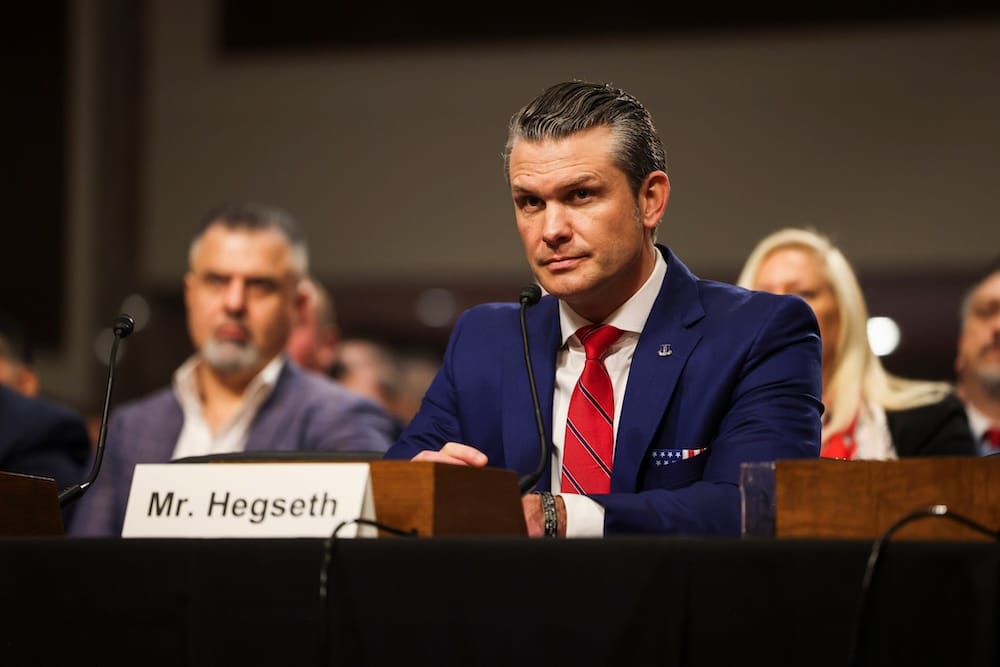

Department of Defense Issues New Policy on Gender Dysphoria Care
In a significant policy shift, the U.S. Department of Defense has announced a halt to medical treatments and procedures related to gender transition for military personnel and other beneficiaries with gender dysphoria. This decision, outlined in a memorandum dated May 9, restricts care at military medical treatment facilities to mental health counseling only for those aged 19 and older. The move has sparked discussions about the balance between individual needs and military readiness.
Dr. Stephen L. Ferrara, acting assistant secretary of defense for health affairs, detailed in the memo that service members and covered beneficiaries can only receive mental health care and counseling for gender dysphoria within military facilities. Any other treatments, such as hormone therapy, must now be referred to private sector providers. This policy change aims to streamline resources while ensuring that essential mental health support remains accessible.
Details of the Memorandum and Its Implications
The memorandum specifies that apart from consultations for diagnosing gender dysphoria and providing mental health care, all other medical interventions will be outsourced. 'Within the direct care component, meaning at military medical treatment facilities … Service members and all other covered beneficiaries 19 years of age or older may only receive mental health care and counseling for GD,' Dr. Ferrara stated in the document. This directive underscores a focus on psychological support over physical treatments within the military health system.
The policy does not eliminate care entirely but shifts the responsibility for certain treatments outside the military's direct care system. This could impact how service members access specialized care and may lead to increased reliance on civilian healthcare providers. The Department of Defense has not provided a timeline for reviewing or potentially revising this policy, leaving some uncertainty about long-term effects.
For now, the emphasis remains on maintaining mental health resources while redirecting other forms of treatment. This approach reflects a cautious stance on managing healthcare resources within the military framework, prioritizing operational focus and readiness.
Reactions and Context Surrounding the Policy Change
While specific reactions from military personnel or advocacy groups were not widely documented in the sources reviewed, the policy aligns with broader efforts to reassess healthcare priorities within the Department of Defense. The decision comes under the leadership of President Donald J. Trump and Secretary of Defense Pete Hegseth, who have emphasized a return to core military objectives. This policy is seen as part of a larger strategy to ensure that military resources are allocated efficiently.
The halt on gender transition treatments at military facilities is a notable shift, but it does not preclude access to care through external providers. This balance seeks to address individual health needs while maintaining the military's primary mission. Further details or updates from the Department of Defense will be critical in understanding the full scope and impact of this memorandum on service members.
Dues are $12 per year. Member benefits:
✅ Ad-Free Website Viewing
✅ Advocacy for Republican Seniors
✅ 120+ Senior Discounts
✅ Member Only Newsletters